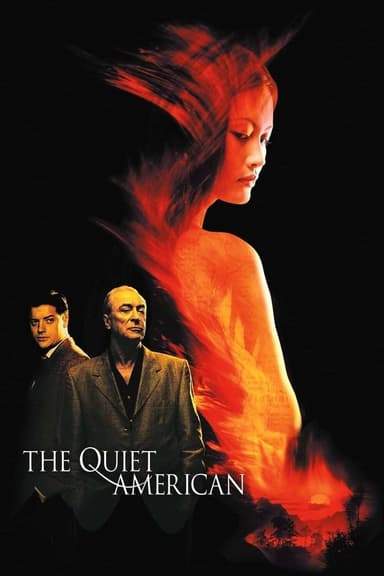
The Girl with the Red Scarf
1977 • Drama, Romance
Asya, a peasant girl, marries İlyas, a truck driver. The couple, who love each other very much, are separated when İlyas cheats on her, and their epic love story comes to an unexpected end. After that, Asya takes her son and wanders away, not knowing where she is going, until a familiar hand reaches out to help her selflessly.
Runtime: 1h 26m
Why you should read the novel
Before watching The Girl with the Red Scarf (1977), discover Chingiz Aitmatov’s The Red Scarf, the powerful source text that inspired it. The original story’s lucid prose and steppe atmosphere deepen every emotion the film evokes.
Reading the book delivers richer cultural context and psychological nuance: the rhythms of Central Asian life, the pressures of work, and the interior conflicts that shape each choice. If you’re searching for the definitive version of this love story, the page offers it first.
For fans of literary classics and world literature, The Red Scarf is concise, moving, and highly readable. Explore the authentic themes of love, responsibility, and redemption as Aitmatov originally crafted them—ideal for book clubs, students, and readers who value depth over summary.
Adaptation differences
Setting and culture shift: the book unfolds in Soviet Central Asia, while the 1977 film relocates the story to rural Anatolia. This change reframes daily life, customs, landscapes, and work realities, giving the adaptation a distinctly Turkish social texture.
Character focus and portrayal: names and some supporting roles are reworked, and the film romanticizes the early relationship more strongly. On the page, Aitmatov offers a sterner critique of the protagonist’s impulsiveness and the consequences of male pride, while also giving the steady caregiver figure more grounded, unembellished dignity.
Narrative texture: the book spends more time inside the characters’ heads, weaving interior monologue with social detail about labor, responsibility, and community expectations. The film streamlines these layers into visual storytelling, music, and succinct dialogue, trimming workplace context and compressing the timeline to maintain melodramatic momentum.
Tone and resolution: both versions arrive at the same essential moral choice, but the film underlines it with a memorable maxim often paraphrased as “love is labor,” plus a lyrical score. The book’s ending feels quieter and more sober, emphasizing emotional accountability and the long shadow cast by earlier decisions.
The Girl with the Red Scarf inspired from
The Red Scarf
by Chingiz Aitmatov










